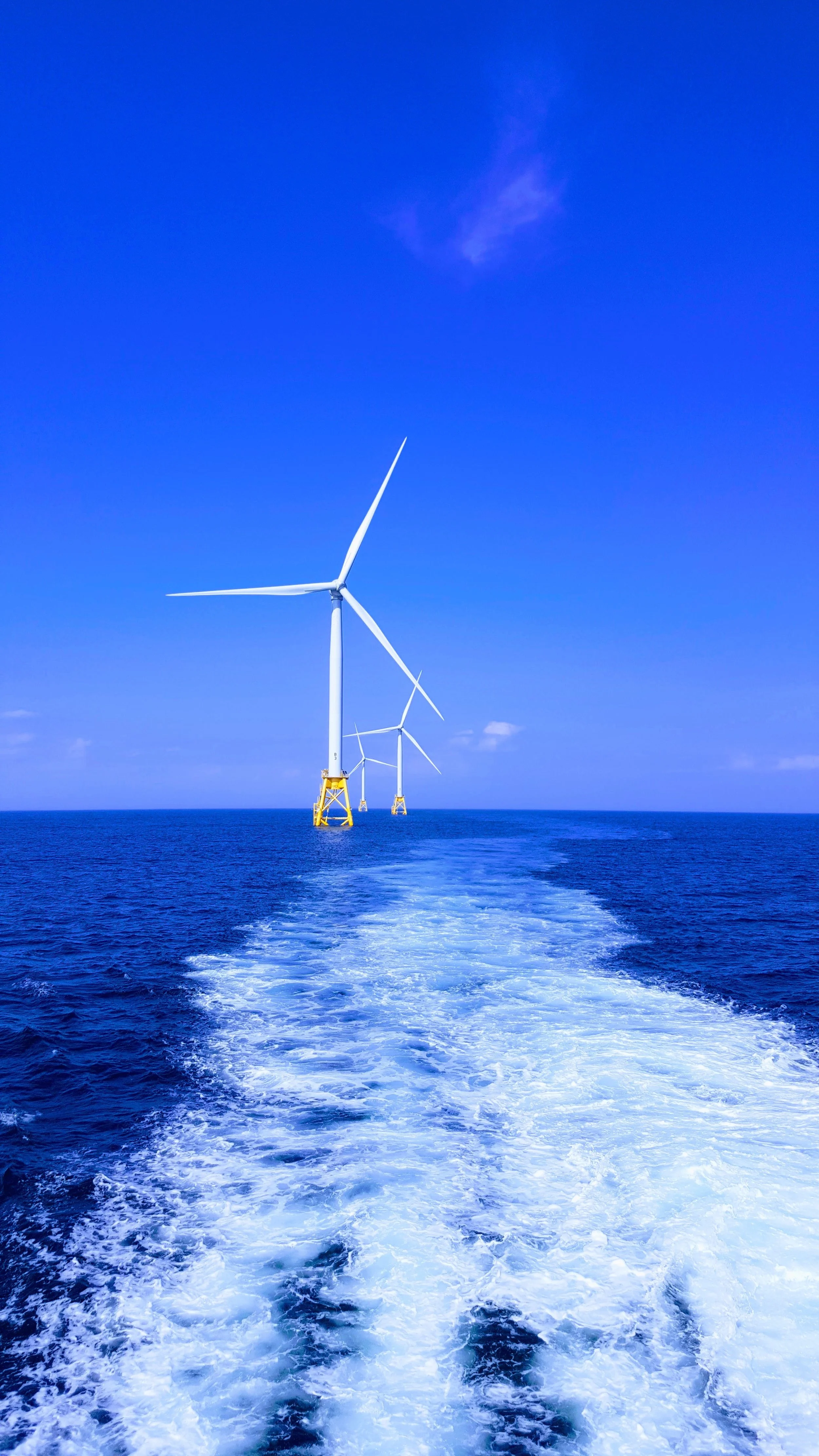Renewable Industry
Curriculum Activity
Victorian Curriculum Links
Science Understanding
Scientific understandings, discoveries and inventions are used to inform personal and community decisions and to solve problems that directly affect people’s lives (VCSSU073)
The growth and survival of living things are affected by the physical conditions of their environment (VCSSU075)
Energy from a variety of sources can be used to generate electricity; electric circuits enable this energy to be transferred to another place and then to be transformed into another form of energy (VCSSU081)
Science Inquiry Skills
Construct and use a range of representations, including tables and graphs, to record, represent and describe observations, patterns or relationships in data (VCSIS085)
Communicate ideas and processes using evidence to develop explanations of events and phenomena and to identify simple cause-and-effect relationships (VCSIS088)
Activity Description
Students are put into teams, each team investigates and then educates about a form of renewable energy used to generate electrical power: passive solar, solar photovoltaic, wind power, low-impact hydropower, biomass, geothermal and (for more advanced students) hydrogen fuel cells.
Key Concepts
Global Warming
Greenhouse Gases
Renewable energy
Key Learning Intentions
After this activity, students should be able to:
Apply skills in analysis, synthesis, evaluation and explanation to their writing and speaking.
Incorporate source materials into their speaking and writing (for example, interviews, news articles, encyclopedia information).
Write and speak in the content areas using the technical vocabulary of the subject accurately.
Recognise, express and defend a point of view orally in an articulate manner and in writing.
Suggestions for assessment
Posters/Reports: Review the students' poster presentation and summary document to gauge their understanding of the concepts.
Instructions
Materials
poster-making materials
computers with word processing and graphics software
Internet access
printer
(optional) Adobe Acrobat software for making PDF documents
Tune In
Discuss global warming and ask students to share what they know about what a renewable vs non-renewable energy source is. Watch the following clip
Renewable Energy Sources - Types of Energy for Kids - YouTube
Activity
Divide the class into teams of three or four students each.
Tell the students: You are engineers fresh out of college who have just been hired by the alternative energy consulting firm, Greenewables, Inc. You work on a team that specializes in a form of renewable energy used to generate electrical power: passive solar, solar, wind power, low-impact hydropower, biomass, geothermal and (for more advanced students) hydrogen fuel cells.
Tell the students: Your team will produce a poster demonstrating the benefits of the technology you specialize in and a one- or two-page accompanying summary document in PDF format, which incorporates images, graphic elements and appropriate fonts. Or, use a paper template your teacher provides, with a selection of images from which you can choose to cut and paste. Make your best case that your technology will help power the future.
Observing: First, conduct some background reading and research to learn as much as you can about how electricity is generated using alternative fuel sources. The best place to start is the National Renewable Energy Laboratory.
Writing: Make your written summary closely parallel your poster presentation, which itself is a summary of your argument for the benefits of your Greenewable technology. Here are a few of the questions to answer:
What is the energy source and how is it used to generate electricity?
What are the requirements and limitations of the source in terms of availability: Proximity to a geothermal source or river, stream or tidal basin? Reliable wind that is strong enough to turn a turbine, but not too strong to damage it? Unobstructed exposure to the sun's rays? Etc.
What environmental impacts are involved in exploiting the source (impact on fish and other wildlife, for example) and what are the "hidden costs" of minimizing any potential damage?
What are the pros and cons of the source?
How much will electricity cost if it is produced by this source? Can it compete in the marketplace?
Will the source generate enough power reliably to make the local plant able to sell energy back to the grid?
Discussion and Assessment
Students share their posters and information with the class. Allow time after each presentation for students in the audience to ask questions about the energy source and its benefits.
Extension Activities
Greening the red planet? For an interesting spin on the theme of this activity, have students build their poster presentations around energy sources that would be suitable on Mars. Would green considerations still be relevant on the red planet? For some ideas, visit the Mars Millennium Project online.
(search via any online search engine).
Go CarbonNeutral: Investigate organizations that provide ways to balance CO2 (carbon dioxide) emissions in the atmosphere to slow down global warming. Learn what you and your family can do to neutralize the carbon contribution you make to global warming. Search the Internet for relevant websites.
How crazy can you get? Electricity from manure, germs... bananas? Go on a hunt for the wildest sources of alternative energy you can find. Do a keyword search (try "new way to generate electricity" for starters) on Google.
Have you heard of a bus powered by used vegetable oil from a cafeteria? Research and report on this alternative fuel.
Problem Card #10: Hydrogen Futures Industry
Downloadable Resources:

